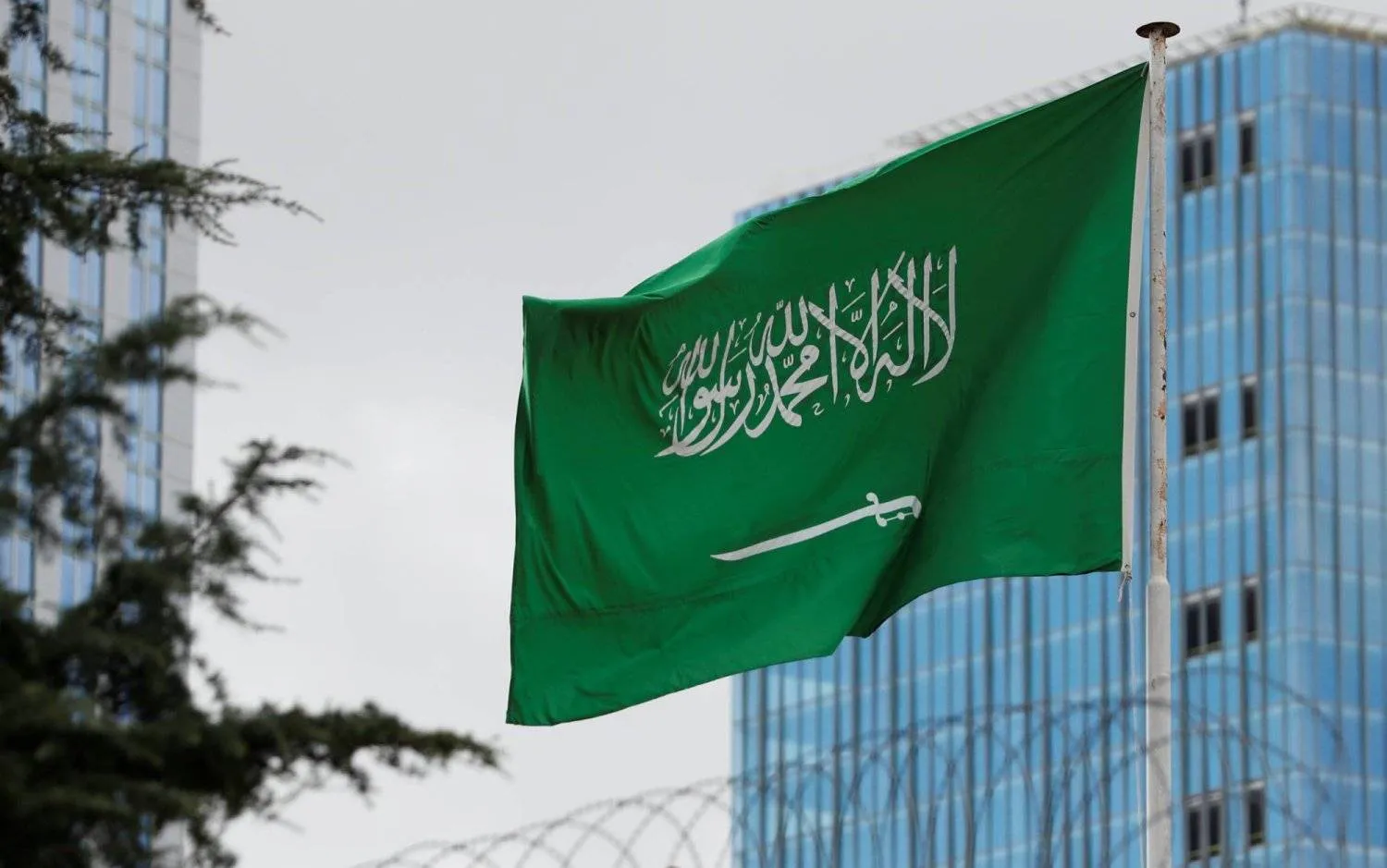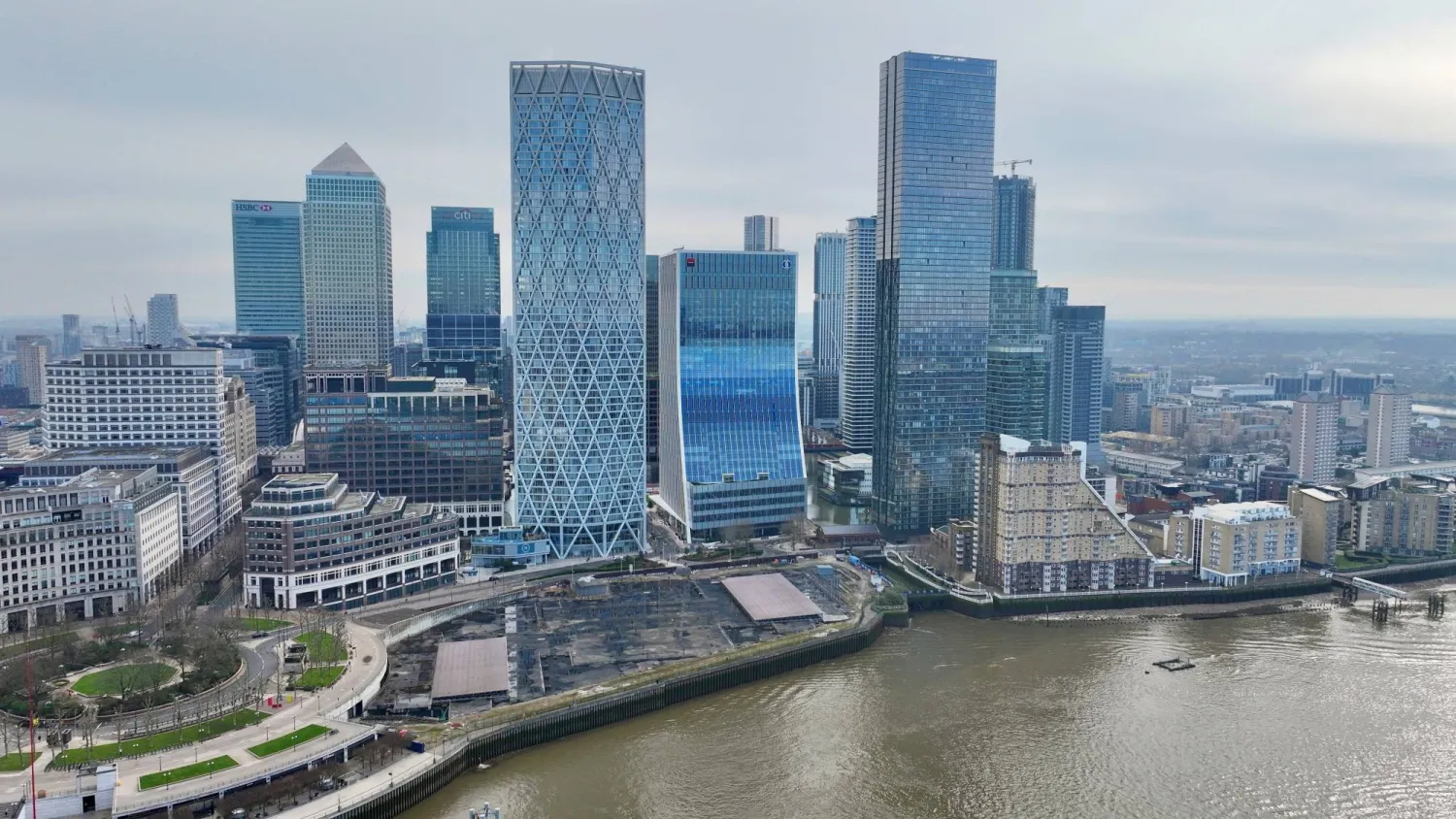Damascus has hosted the 22nd edition of the International Building Exhibition “Buildex,” its first since the fall of Bashar al-Assad’s regime in December 2024.
The event drew strong participation and visitor turnout, signaling renewed interest in Syria’s reconstruction. More than 740 companies took part, including 490 local firms and 250 international companies from 39 countries. The exhibition was held at the new fairgrounds near Damascus International Airport.
Notably, Turkish, Saudi, and Jordanian companies led the foreign participation, with Türkiye contributing over 150 firms, by far the largest foreign presence. Saudi Arabia and Jordan followed with 28 companies each, while China participated with 10.
In contrast, companies from Iran and Russia, once dominant at the exhibition, were entirely absent. This shift reflects the waning influence of both countries following Syria’s political transformation.
Exhibitors represented sectors including construction materials, engineering, renewable energy, real estate development, water technology, and banking. Organizers described the exhibition as the largest economic event since sanctions on Syria were lifted by the US and European Union.
In comments to Asharq Al-Awsat, Ilama Matar, International Marketing Manager at the Arab Group for Exhibitions, said this was the “first edition after liberation.”
She noted that during the war, only two limited editions were held in 2023 and 2024. She called the Saudi presence particularly important, with Al-Ojaimi Industrial Group - a major Saudi company in the electrical sector - serving as the main sponsor.
B2B meetings were primarily held between Syrian, Saudi, and Jordanian companies, focusing on material supply chains and import logistics. Matar said some companies came only as visitors due to lack of available space.
“The energy here shows that Syria is open for business,” Matar said. “This is the first major event after sanctions were lifted, and companies are moving quickly to enter the market.”
Among the participating Saudi firms were United Transformers Electric Company, Plus Cable, Middle East Specialized Cables, and Sulfur Middle East Group. Executive Director Al-Baraa Abdel Jabbar Nuwair said their goal was to support Syria and contribute to rebuilding. “The turnout and excitement exceeded expectations,” he said.
Marketing Manager Ahmad Hammadeh of Middle East Specialized Cables said the company aims to explore export opportunities and showcase its infrastructure expertise. “We’ve helped build major airports, and we believe there’s potential for similar projects here.”
The exhibition, which opened May 27, was held under the patronage of Syria’s Ministries of Economy, Industry, and Public Works.









